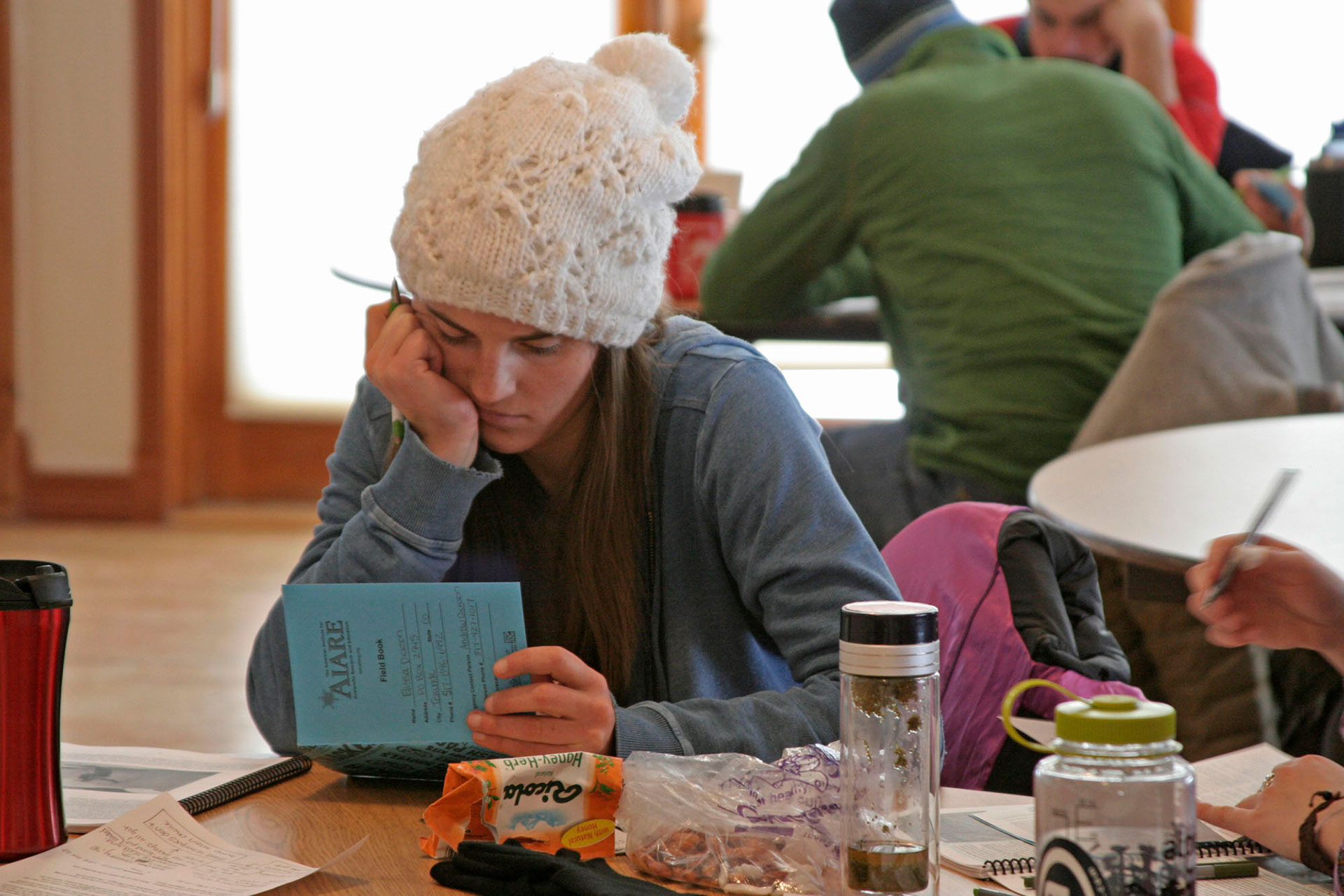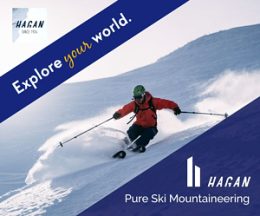Tom Murphy and the Wild West of Avalanche Education
Sure, you’ve probably taken an AIARE course or two, and followed the standardized curriculum without a second thought to where it came from. But just 20 years ago, before AIARE was a thing, your education—and your safety—would have been completely at the whim of your instructor (and chances are wouldn’t have anything at all about what causes 97 percent of fatal avalanches: the human factor).
“During my first avalanche course, I remember studying snow crystals and watching the instructor wield this device called a ram penetrometer with little focus on risk management or decision making,” said Paul Rogers, AIARE instructor and Powder Cloud contributor. “We weren’t provided a process or plan we could utilize after the course, and I felt unprepared to go backcountry skiing again.”
It’s hard to imagine today that something so important could have been so unstructured. It was a Wild West mentality that three men—Tom Murphy, Jean Pavillard, and Karl Klassen—recognized as systemically problematic, and, in 1999, AIARE was born.
AIARE is now the largest avalanche education organization in the States. To find out more about its origins—and what’s in store for its future—we interviewed Murphy recently from his home in Gunnison.

Classroom time during an AIARE course.
How did you get your start in avalanche education?
I started backcountry skiing around 1972. I was living in Oregon at the time and bought a pair of Nordic skis and started skiing around in the woods at Mount Hood. I moved to Sun Valley, Idaho, around 1974, and then moved to Alaska in 1975 in my buddy’s Volkswagen van with a cardboard box of clothes and our skis. I ended up running a backcountry ski lodge called Hatcher Pass Lodge, which is still in existence. I took my first course in 1979 in Anchorage, where I met Doug Fesler, one of the original avy educators in Alaska. He asked me if I would work for the avalanche warning center as weather observer on Hatcher Pass. He set me up with weather recording equipment, and I dug snow profiles and radioed in to the avalanche forecast center what I thought danger was like, and they would post that for the public. I worked on some courses run by Doug and Jill Fredston, who wrote the book “Snow Sense,” and then in the late 80s I moved to Crested Butte and hooked up with Jean Pavillard, who had a guide service there. He was beginning to run avy courses, and I eventually became the director of avy programs for his guide service, Adventures to the Edge.
When did you first recognize the need for standardized curriculum?
In the mid-‘90s, Jean was interested in getting the AMGA inducted into the IMFGA, and Canada sent a couple of instructors down to review the programs the AMGA was running. The two trainers they sent were Karl Klassen and Colin Zacharias. They said the program looked good, but that there didn’t seem to be a common language among the guides and participants. At that point, there was no standardized observation recording process—it was just random folks operating under whatever ideas they had that would make up a great course.
From that initial meeting with Karl and Colin, we identified that there needed to be some sort of program put into place that would address the issue of standards. I could see they had developed this program in Canada, and we were suddenly very interested in developing our own program in the U.S. We started doing that of our AIARE Level 1 in January of 2001.
How did you go about filtering all the information out there into an easily digestible avy 1 course?
We determined the main thrust should be, “Is this information going to make my students make a better decision in the field, and did they get the opportunity to apply each new skill in the decision making process?”
We began to change the way we approached everything. We realized we were basically fire-hosing people with information in the past, and not spending enough time in the field to practice this knowledge. I remember students looking at me on the way out the door, like, “What am I going to do with this information?” That’s when we started to look at decision-making framework, and tailored the information to how people actually learn.
What were some of the ground-breaking discoveries you made while putting this curriculum together?
One thing we identified was that human factors were really some of the main players in avalanche accidents. That was a new avenue for us to proceed down. We began to look at other industries that were researching the human factor as well, and drawing ties to their conclusions. There was a ton of in-depth and well-financed research being done in the airline, hospital, and nuclear power plant industries, and we took that beta and incorporated it into AIARE.
What kinds of human-factor issues did those industries address that directly translated to avalanche education?
One of the main things they identified was the communication issue. In all these high-risk, high-consequence environments like the cockpit or operating room, that was what was often lacking. We ended up addressing it through an AIARE communication checklist, where people would discuss group goals, agree to travel together, and make decisions together. We taught people to respect everyone’s voice and everyone’s veto. That was really new ground. We empowered people to share observations and choose terrain appropriate for the conditions.
AIARE is constantly evolving. What’s in store for the future?
We are really putting a lot of energy into researching the best methodologies for learning retention. The curriculum is leaps and bounds above what it was from the first iteration, and I see that improvement continuing. We’re also going to be integrating a lot more digital products. I often use the analogy of the Wright brothers: 70 years after they created the first flying machine, man went to the moon. At the rate things move forward these days, I see nothing but good things coming.



